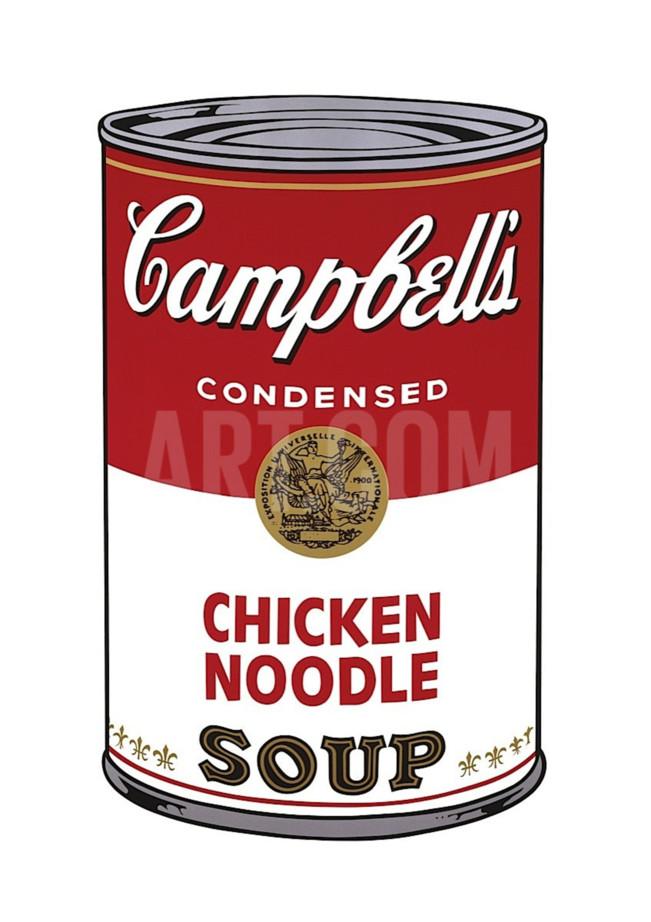
In the 1960s Andy Warhol started painting Campbell’s soup cans. The brilliance of these paintings does not revolve around
the skill or technique required to produce the work. In fact, if you wanted a likeness of a soup can on your wall it would be much easier and perhaps more accurate to simply take a photograph. The power of this work does not reside in the can’s beauty or physical appeal. Rather, Warhol masterfully recognized that the things we paint tell a story about who we are, the time in which we live, what is important to us — they describe us. These works elegantly reflect our consumer society and its associated industrialization of everything. His immortalization of this everyday consumer product is an invitation to consider the world we have made for ourselves.
The poetics and controversy of this work did not stop there. Warhol shocked the art
world by calling his art studio a “factory.” Like an executive in an industrialized plant Warhol did not personally handle or form the work produced in his “factory.” He simply directed his employees in the manufacturing of the work. He recognized that the process he used to make the work was an integral component of the world he was so forcefully describing. This understandably created disruptions that for many linger today. His art “factory” challenged notions of authorship that surrounded traditional art making. It confronted the idea of craft, that art was produced by the hands of an individual artist. What was the role of the artist in this industrialized world? How much control is needed to claim authorship of something produced?
